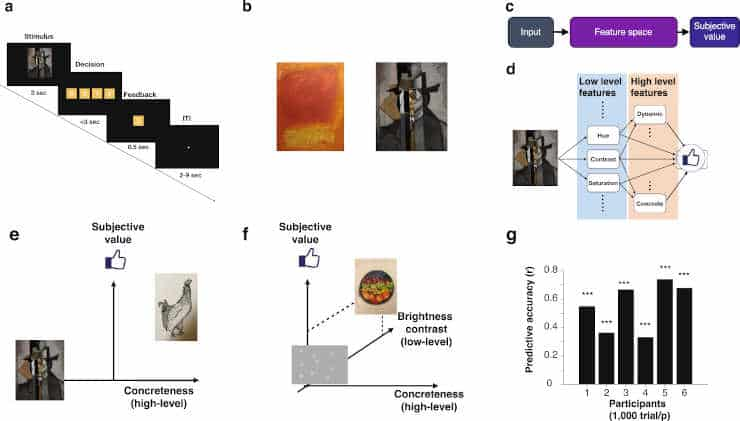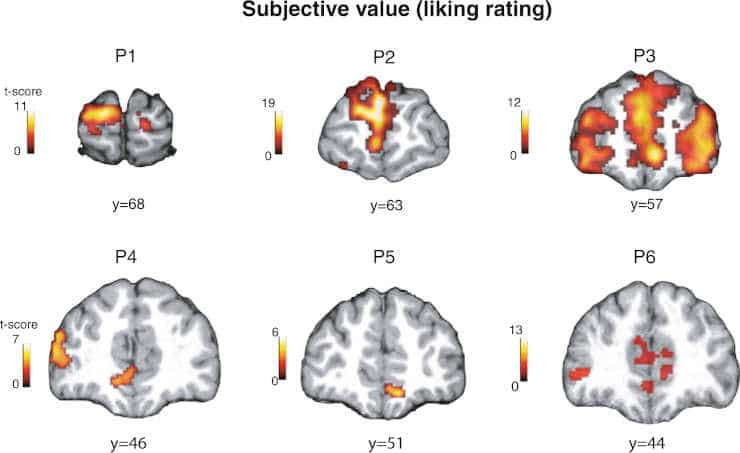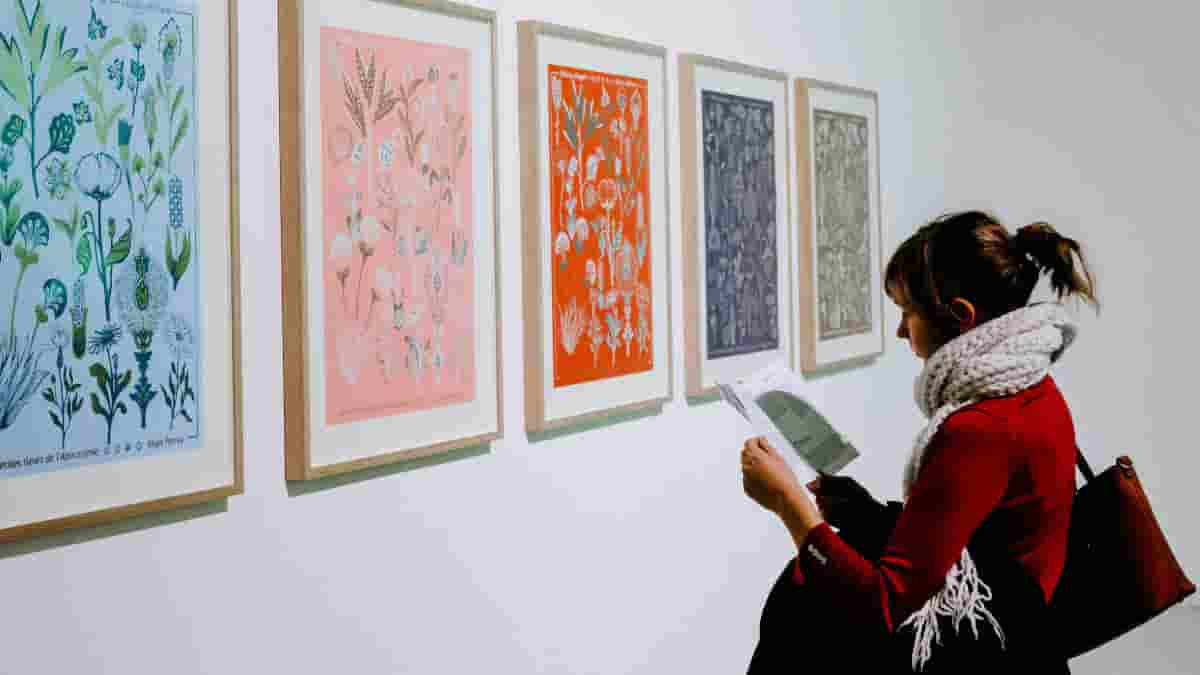There is no accounting for taste, it has been said. But what if taste can be explained? What if your brain’s neural networks are the ones doing the explaining?
A group of Caltech researchers recently demonstrated how they used a combination of machine learning and brain-scanning technology to reveal the neural basis for aesthetic preferences in people. The work took place in the lab of John O’Doherty, Caltech’s Fletcher Jones Professor of Decision Neuroscience, and builds on research published by that lab in 2021.
In that earlier study, researchers fed data about the paintings that volunteers liked and didn’t like into a computer to train it to predict volunteers’ taste in art. With enough practice, the computer could predict whether a person would prefer a Pollack or a Matisse, for instance.
Computational Modeling of Art Appreciation

Aesthetic preferences have been the subject of philosophical debates for hundreds of years, but few of us have probably taken the time to question why or how they happen because the act of liking or disliking a work of art seems so innate and happens so instantly and seamlessly in our brains.
You can instantly tell if you like a picture, but this is a very complex task due to the richness of the input.
“This is actually a very open question, and we haven’t really known how the brain manages to do it. So, we were wondering if we could understand it using a computational modelling method,”
said lead author Kiyohito Iigaya.
Visual and Medial Prefrontal Cortexes
Over the course of four days, 19 volunteers rated paintings (up to a thousand of them) while their brains were scanned with a functional magnetic resonance imaging (fMRI) machine. The painting stimuli were taken from the visual art encyclopedia Wikiart.

Credit: Nat Commun 14, 127 (2023)
These brain scans, as well as the ratings of the paintings given by volunteers, were fed into a machine-learning algorithm, along with the output of a neural net trained to examine the paintings for qualities such as contrast, hue, dynamics, and concreteness (whether the painting is abstract or realistic).
The data gathered by the team revealed that those qualities are analyzed by areas within the visual cortex, the part of the brain that processes visual input. The medial prefrontal cortex (mPFC) in the front of the brain assigns a subjective value to them.
Basically, the brain breaks down a piece of art into its most important parts and then decides if those parts are pleasing.
According to another study conducted by the O’Doherty lab, this is similar to how the brain decides whether or not it likes food. In the findings of that study, the brain analyzes a food based on its protein, fat, carbohydrate, and vitamin content and then determines whether those qualities are pleasing.
“What they found is that the brain integrates those different nutritional features to produce the overall liking of food. That’s actually an inspiration for our work,”
Iigaya said.
Not Limited to Aesthetics
In their article, the researchers state that their findings suggest this “value construction” system may be widespread throughout the brain and may account for a variety of preferences.
“Crucially, the flexibility afforded by such a feature-based mechanism of value construction ensures that value judgments can be formed even for stimuli that have never before been seen, or in circumstances where the goal of valuation varies (e.g., selecting a piece of art as a gift). Therefore, our study proposes a brain-wide computational mechanism that does not limit to aesthetics, but can be generalized to value constrictions of a wide range of visual and other sensory stimuli,”
they write.
It’s remarkable that such a simple computational model can explain large differences in our preferences. Iigaya said.
Reference:
- Iigaya, K., Yi, S., Wahle, I.A. et al. Neural mechanisms underlying the hierarchical construction of perceived aesthetic value. Nat Commun 14, 127 (2023)
- Iigaya, K., O’Doherty, J. P. & Starr, G. G. Progress and promise in neuroaesthetics. Neuron 108, 594–596 (2020)
Last Updated on September 20, 2023
